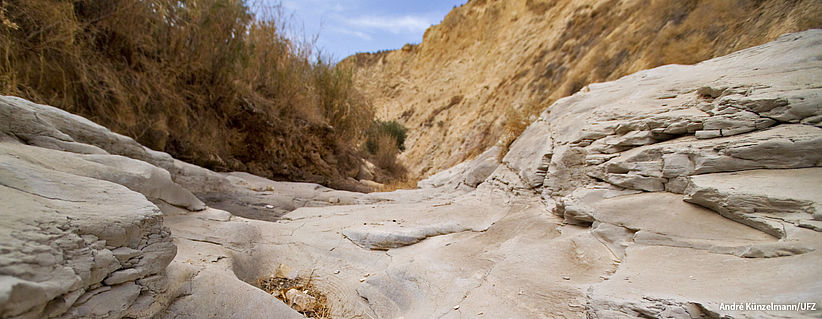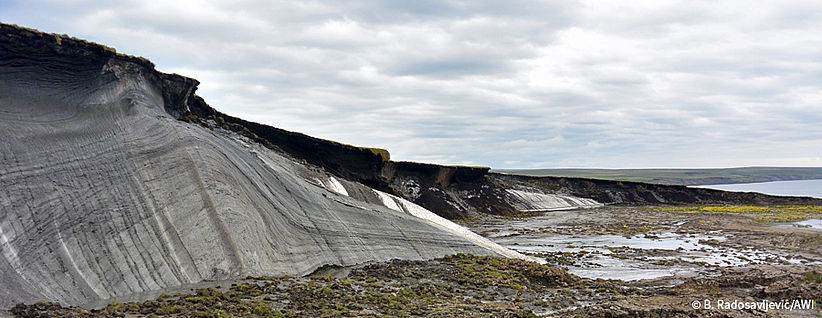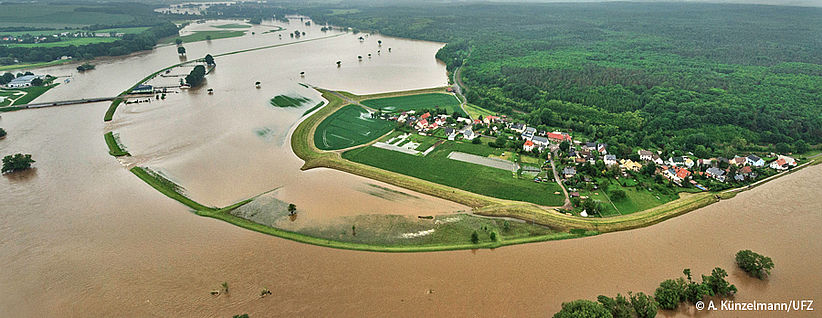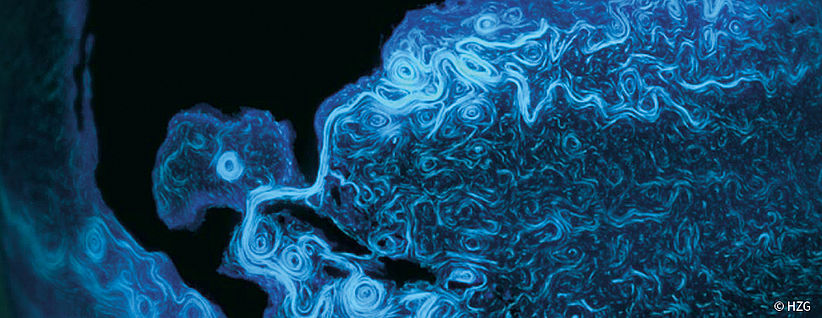The Issue
- What impact do heat waves have on water resources, vegetation and air quality?
- How does flooding change terrestrial ecosystems and coastal regions?
- To what extent do ocean eddies control the marine energy transport and food chains?
- What amounts of greenhouse gases are released during the rapid thawing of permafrost?
Heat waves and hydrological extremes have tremendous ecological and socioeconomic consequences for many countries, while ocean eddies and the thawing of permafrost have significant global implications for climate and environmental change. Although it is well known that global change affects the Earth and environment on many different time and length scales, currently, only very limited knowledge is available on the importance of such distinct dynamic events for the long-term development of the Earth system. The new observing system MOSES will be developed to close this gap. Over the next five years, the Helmholtz Association will invest approximately €30 million to implement the modular infrastructure, which is designed to capture such highly dynamic events in the right place at the right time. MOSES follows a “system of systems” approach, combining sensors across disciplines and compartments to allow for integrated observations in the atmosphere, at the land surface, in coastal regions, in the ocean and in the cryosphere. Coordinating centre is the Helmholtz Centre for Environmental Research (UFZ) in Leipzig.
The investigation of such events is most acute as the impact of global change on society becomes increasingly evident. Consequences of climate change for weather extremes are currently under intense debate, Arctic warming is accelerating to reach highest temperatures within the instrumental record, and marine circulations and ecosystems are undergoing rapid change. Because the calculation of future climate change scenarios and the planning of adequate adaption measures relies on a much improved understanding of the complex interactions across scales and Earth compartments, the implementation of such an enhanced observing system is more than overdue.





